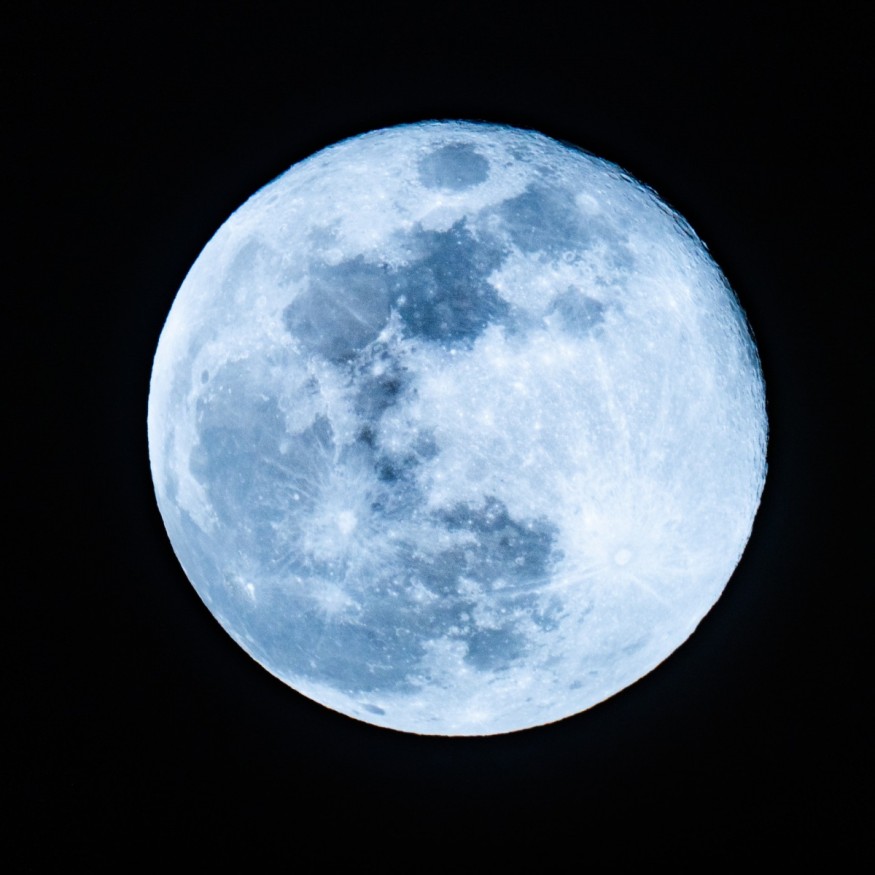
The moon has many faces, especially when it becomes what's considered a "supermoon." As such, the "Blue Moon" is often misunderstood with some people believing that during this period, the moon actually turns blue.
'Blue Moon' Explained
A "Blue Moon" is expected to come around and will become visible in the northern hemisphere on August 30, 2023. There are many misconceptions about this moon including one that suggests that the motion would turn blue.
The truth is, the moon won't turn blue and the reason why it's called the Blue Moon is because of how there'll be two full moons during the month. While the first one will be called the Blue Moon, the other one remains unnamed and will be a regular full moon.
The Blue Moon will also be a supermoon and is expected to be the biggest and brightest of the year.
The entrance of the Blue Moon comes after the Super Sturgeon Moon, which happened on Earth's facing side, with 100% of its illumination coming from the sun. The next occurrence of the moon will be the Super Blue Moon, which some call the Fruit Moon.
A Super Blue Moon only happens once in about 10 years on average, with the full moon expected to be bigger and brighter compared to a conventional Blue Moon.
Why a Blue Moon Happens
The Blue Moon happens when there are two full moons in the same calendar month. This rare occurrence is also behind the saying "once in a blue moon," which suggests something happening very rarely.
A blue moon only happens when there are 13 full moons in a single year, which happens occasionally due to the moon not exactly taking 30 days to rotate around the sun. Earth's moon takes specifically 29.53 days to complete a single orbit.
Because of the moon's rotation, this also explains why a lunar year is 11 days shorter compared to a solar year, which consists of 365 days, 5 hours, 48 minutes, and 45 seconds. In contrast, a lunar year only takes 354 days, 8 hours, 48 minutes, and 34 seconds.
Rarity of a 13th Full Moon
A 13th full moon only happens every 2.7 solar years on average, and in order for this to happen, the full moon must show itself in the first 11 days at the start of the year. This was exactly what happened on January 6, when the Wolf Moon showed itself.
A Fruit Moon happens when a full moon shows itself in late August or Early September and it just so happens that this was when this year's Blue Moon will show itself. During this time, it's expected that apples, plums, grapes, and other fruits are at their ripest, hence the name "Fruit" Moon.
Aside from being a Blue Moon and Fruit Moon, the upcoming full moon is also going to be a Supermoon, which is when the moon happens to be closer to the Earth. During this period, the moon will be around 14% larger and 30% brighter compared to when it is furthest from Earth.
RELATED ARTICLE : NASA's James Webb Space Telescope Unveils New Photo of Ring Nebula, Showing More Intricate Details of the Dying Star
Check out more news and information on Space in Science Times.










